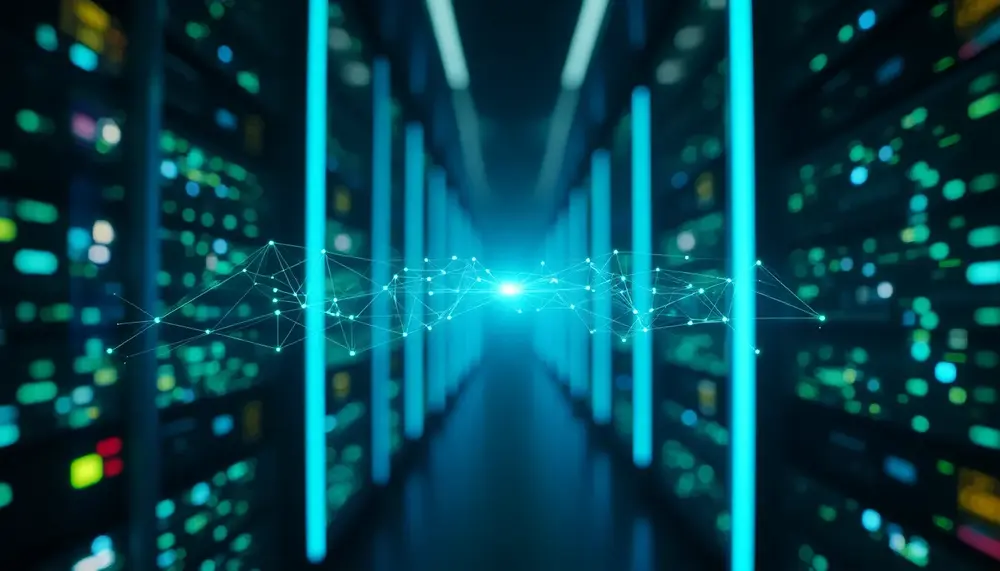Table of Contents:
AI-Infused Blockchain Ambient to 'Replace Bitcoin,' Says Co-Founder
According to CoinDesk, a new blockchain project named Ambient, infused with artificial intelligence, has raised $7.2 million in seed funding from prominent investors such as Andreessen Horowitz's crypto accelerator program and Delphi Digital. The co-founder, Travis Good, claims that Ambient is designed to replace Bitcoin, citing that Bitcoin's encryption mechanisms are becoming outdated and could be obsolete within five years. This poses a significant challenge for Bitcoin miners who have invested billions in hardware.
Ambient aims to integrate AI deeply into its blockchain, positioning itself as a decentralized competitor to OpenAI. The network operates on a proof-of-work mechanism, making it appealing to Bitcoin miners. Good emphasizes that Ambient's goal is to deliver super-intelligent AI quickly, affordably, and transparently, ensuring users receive accurate and verified outputs. The project also addresses concerns about centralized AI models, offering a decentralized alternative that prioritizes user trust and data integrity.
"If you don't have verified inference, you're guaranteed to get rugged," Good warned, highlighting the risks of unverified AI models.
Key investors like Delphi Digital see Ambient as a solution to the current reliance on centralized AI, which often lacks transparency. The project's success, however, hinges on its ability to gain economic traction and adoption among Bitcoin miners and users.
| Funding Raised | $7.2 million |
|---|---|
| Key Investors | Andreessen Horowitz, Delphi Digital |
| Core Mechanism | Proof-of-Work |
Summary: Ambient, an AI-integrated blockchain, aims to replace Bitcoin by addressing its outdated encryption and offering decentralized AI solutions. Backed by $7.2 million in funding, its success depends on adoption and economic viability.
23andMe Genetic Data on the Blockchain: What Could Go Wrong?
Decrypt reports that the Sei Foundation, a blockchain developer, has announced its bid to acquire 23andMe, a genetic testing company facing bankruptcy. The acquisition aims to give users control over their genetic data through encrypted transfers, allowing individuals to decide how their data is accessed and monetized. The Sei Foundation describes this move as a significant step for decentralized science (DeSci), emphasizing the importance of data sovereignty as a matter of national security.
Sei Network, launched in 2021, is a Layer 1 blockchain designed for trading and decentralized applications. Eleanor Davies, Head of Decentralized Science at Sei, stated that the platform would ensure privacy and security for 23andMe's 15 million users by encrypting sensitive data and allowing users to control access. However, experts like Professor Ahmed Banafa have raised concerns about the feasibility of storing large genomic datasets on the blockchain, suggesting hybrid approaches and decentralized storage as potential solutions.
- Sei's token has dropped nearly 18% since the acquisition announcement, reflecting market skepticism.
- Legal and regulatory challenges, such as compliance with privacy laws, could complicate the project's implementation.
- Security remains a critical concern, with blockchain bridges identified as potential vulnerabilities.
Summary: Sei Foundation's bid to acquire 23andMe aims to revolutionize genetic data control through blockchain technology. While the initiative promises enhanced privacy and user control, it faces significant technical, legal, and security challenges.
Sources:
- AI-Infused Blockchain Ambient to 'Replace Bitcoin,' Says Co-Founder
- 23andMe Genetic Data on the Blockchain: What Could Go Wrong?
- 0xbow unveils ‘Privacy Pools,’ a new blockchain privacy tool drawing from Vitalik Buterin’s research
- Visa to Launch Tokenized Asset Platform on Ethereum Blockchain, Pilots Set for 2025; $ETH Institutional Adoption Accelerates with 11.42% Staked by Coinbase - "The Defiant"
- Blockchain technology meets AI in enterprise
- Wall Street veteran says Musk’s blockchain voting plan could arrive by 2028















